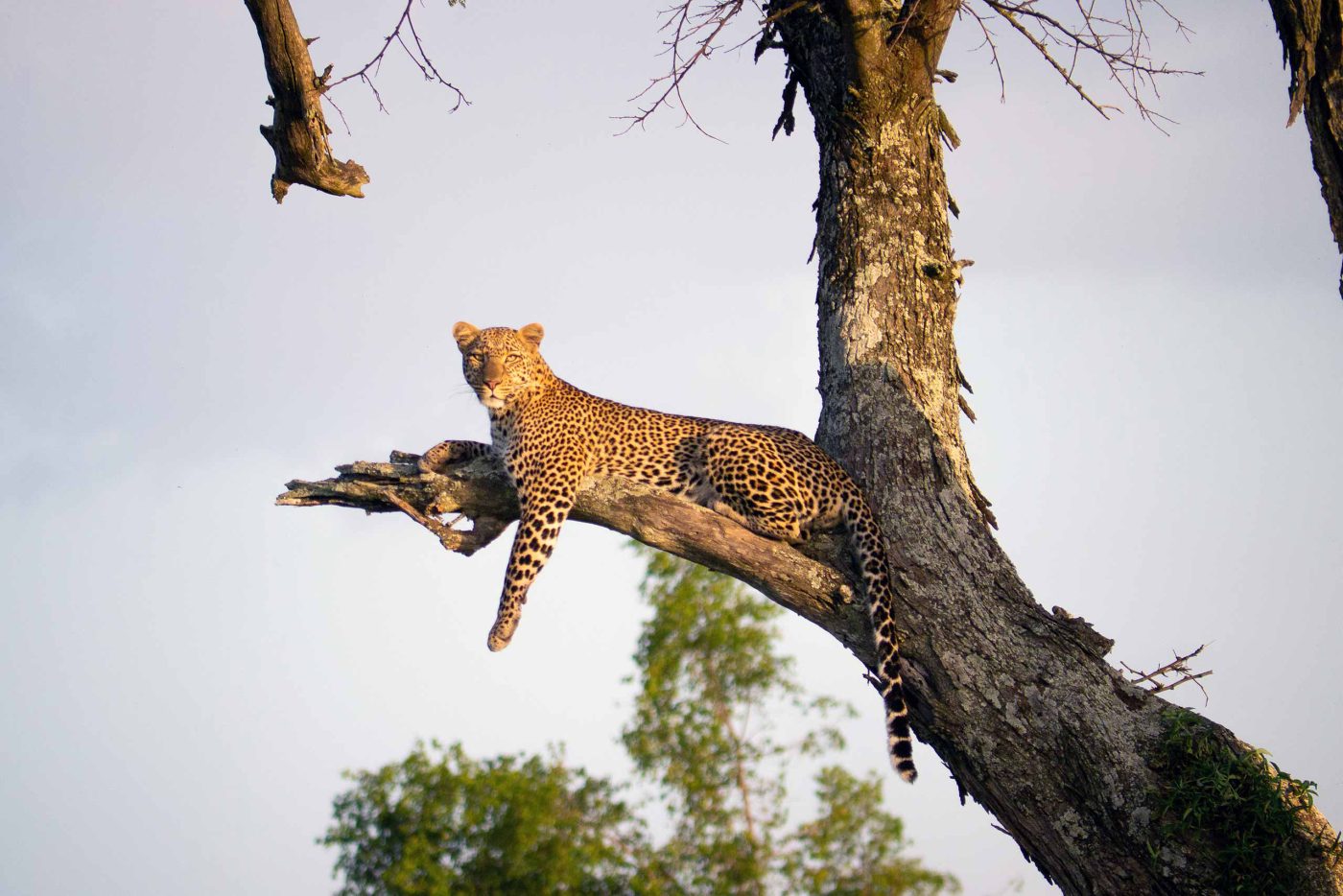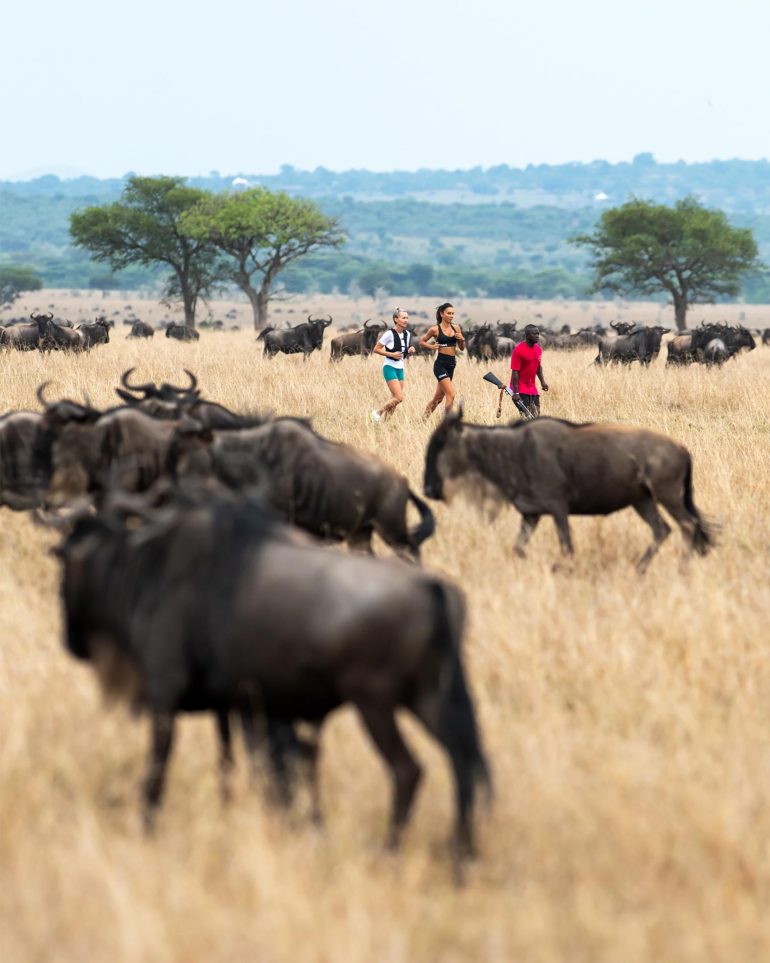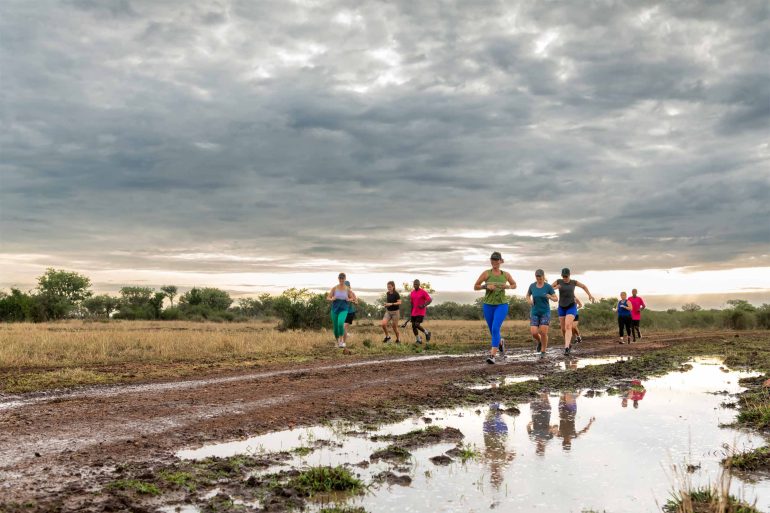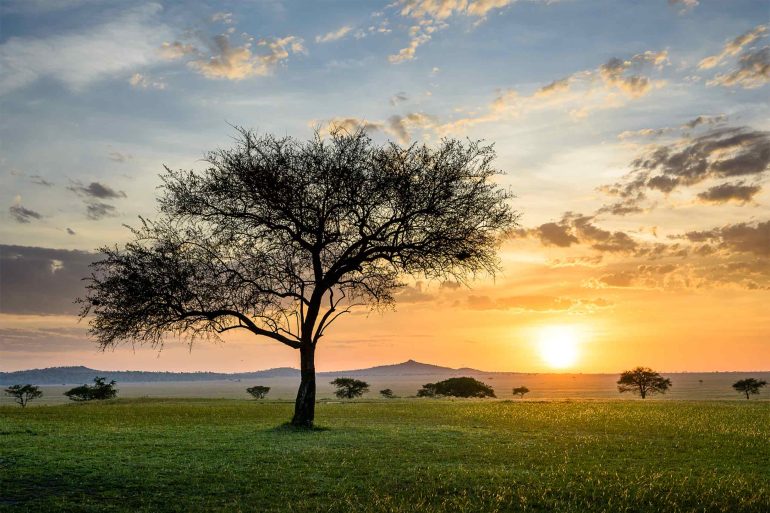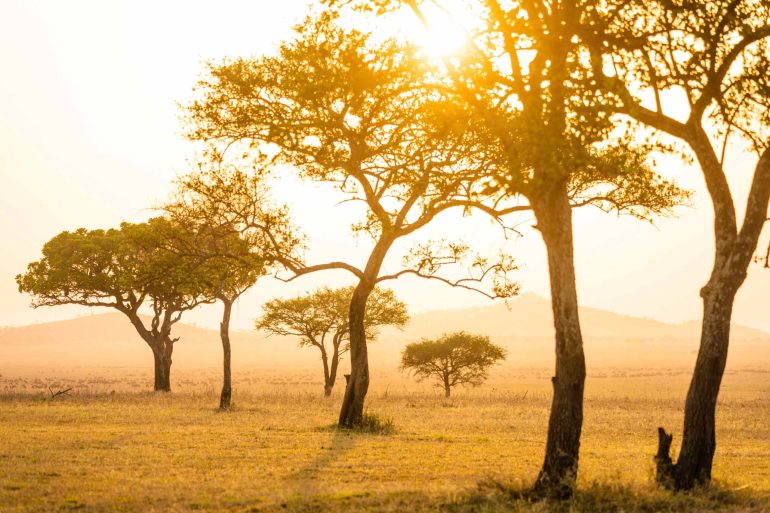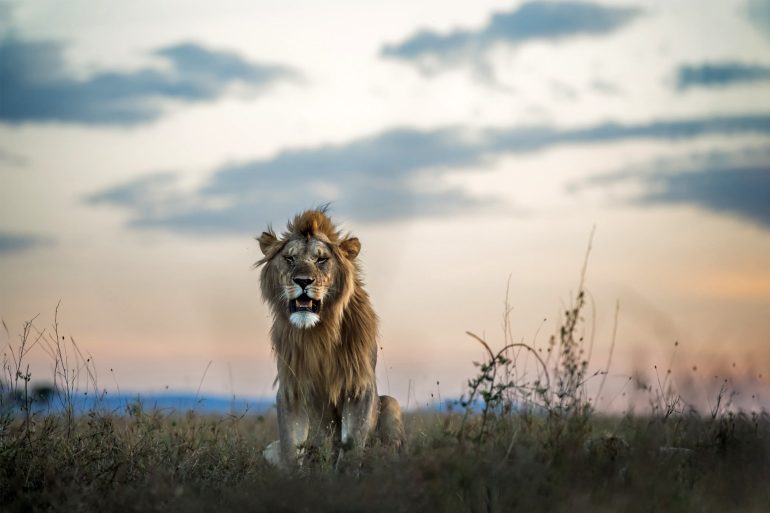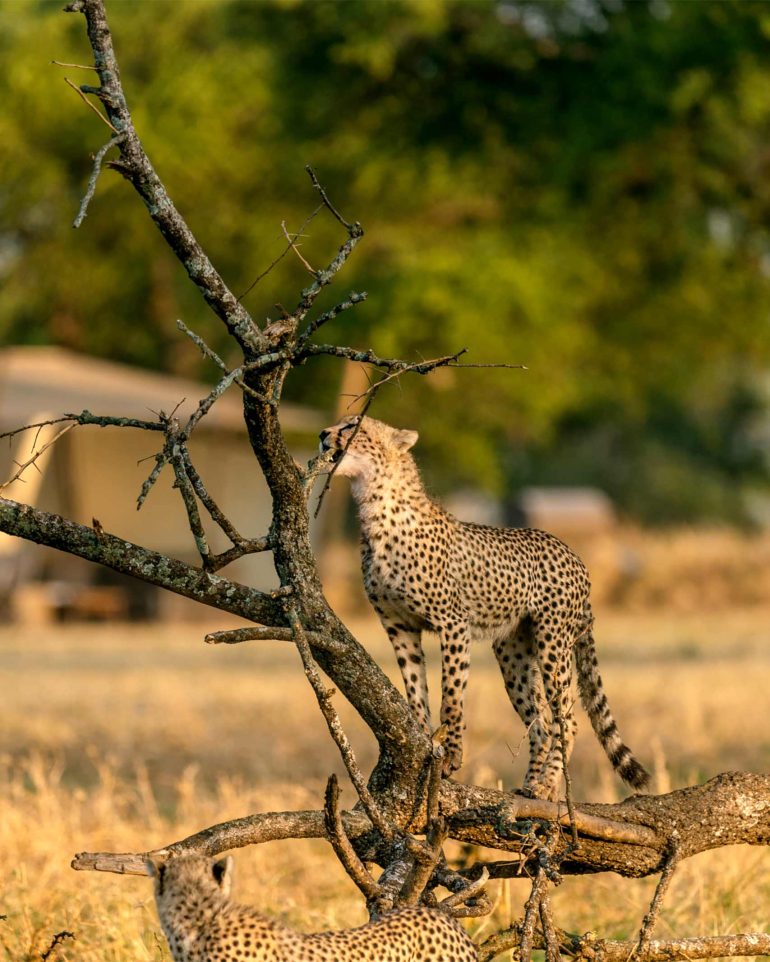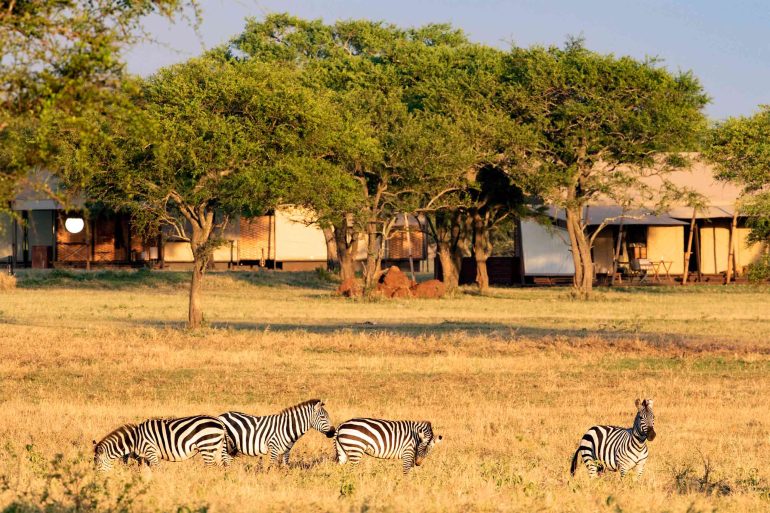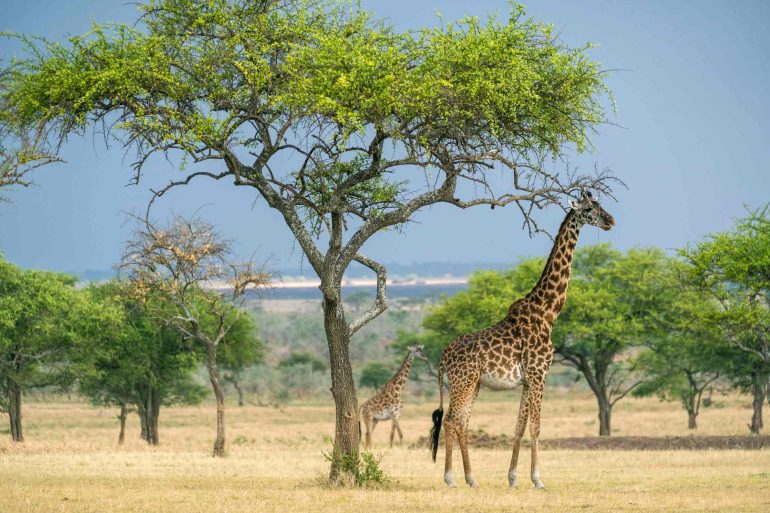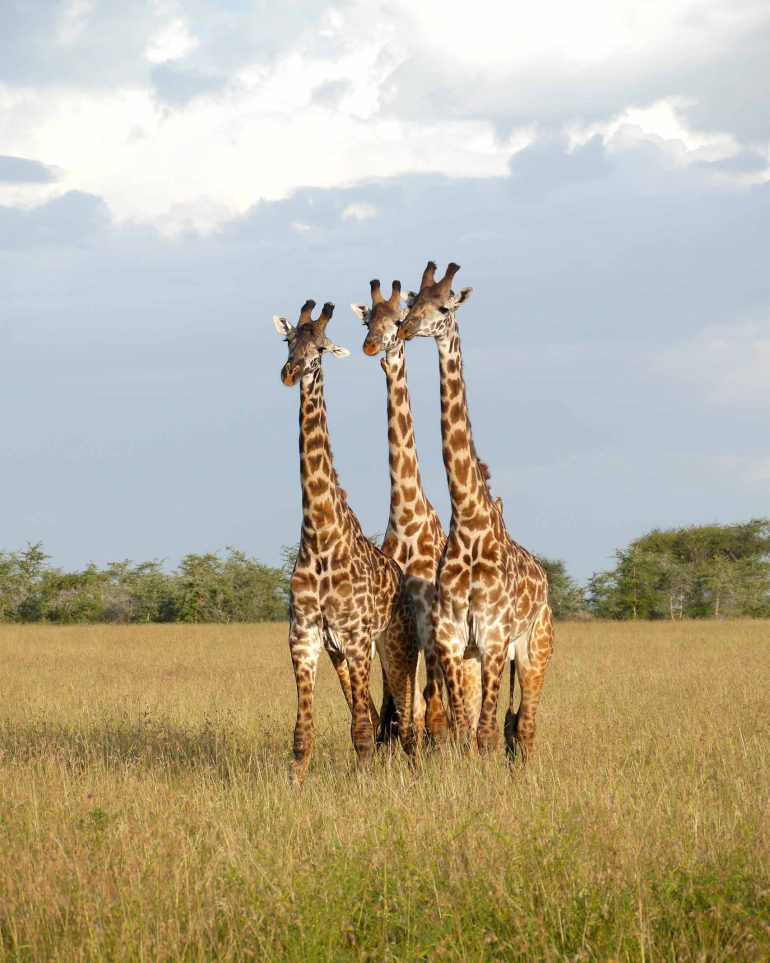Home to the Great Migration, one of the natural world’s greatest spectacles, Tanzania’s Serengeti National Park ranks among the most popular destinations on the entire African continent. It’s within the Grumeti Game Reserve that we find a particularly impressive corner of this vast, wild habitat.
Flying into the Grumeti Concession in the Serengeti National Park from Kilimanjaro is quite an eye opener. Our pilots casually banked past the biblical Ol Doinyo Lengai, an active volcano whose name in Maasai means Mountain of God. We stared in awe at its majesty, but it was only a teaser for the wonders yet to come.
Size and scale are everything in the Serengeti. The landscape is boldly green and lush and, as terrains go, this one is confident, verdant and proud. And every man – and beast – knows it’s the site of the Great Migration, the 1200 mile/nearly 2,000km journey made each southern spring by some 1.5 million wildebeest and their entourage of other animals, predators and prey alike. It wasn’t the right time of year when we visited, so instead we headed to a concession called Grumeti, just 40 miles/60km from the famed Mara River crossing. It’s a ‘small’ part of the Serengeti – if 380,000 acres can be considered small, but it accounts for just 10 per cent of the entire national park – yet it’s home to an abundance of African wildlife, including 60 per cent of Tanzania’s rhino population, along with several luxurious, Singita-branded safari lodges and camps – ours was the Singita Sabora Tented Camp.
The Grumeti Concession stands out because of its unequivocal abundance of animals. It is a magnet for wildlife, so spotting them here is phenomenal. In just two days of game drives, we saw all the ‘big five’ – multiple times – including the usually elusive leopard, just relaxing in a tree. Herd upon herd of elephants watched us as intently as we watched them. The mud-caked buffalo we met were less intrigued by us, as they were focused on a pride of ten lions who had recently killed one of their kind. We watch horrified, but transfixed at the same time: there’s something very primal about a kill. The buffalo looked as if they were plotting revenge, which according to our guide is not far-fetched, as they can be rather vicious. Around them were hyena, about 20 or more, hiding in the grass awaiting their turn. Far less gruesome, we also happened upon two young lionesses slurping away at a pond just out of sight from their pride. On closer inspection, they were taking time out from eight playful cubs lolloping around their mothers.
‘Big five’ aside, we drove through fields of what seemed like infinite zebra, so much so that our eyes were seeing stripes for days. That was before a flock of ostriches blocked our path. But when they cleared, out of nowhere a tower of some 50 giraffes galloped by. Closer to camp, we spotted a black rhino named Eric resting under an umbrella acacia tree. He was quite easy to find, as he’s tracked and protected by Singita’s RISE research and conservation programme.
We spent an inspiring morning with the programme’s team members, who work alongside the Grumeti Fund, a Tanzanian-run NGO that’s passionately spearheading conservation efforts in the concession. It was inspiring to have engaged with their work and to have met the people behind it: Noel, Frida (a powerhouse for women’s rights) and rising star Victoria. We watched animal migration patterns from chipped wildlife out in the Serengeti live on a big screen and were in awe of the distance they travel, but also shocked by just how many are snared or involved in human-wildlife conflict. We liked that their approach to conservation is holistic, predominantly based in direct community engagement to find locals new educational and sustainable economic models beyond subsistence farming and poaching.
We were also encouraged that so much of the work is about empowering the women of the Serengeti and changing perceptions of traditional practices. One spectacular evening over sundowners out in the bush, we were chaperoned by one of the beneficiaries of the fund: the first female ranger in the Serengeti. The fund also raises money in innovative ways: the famous Serengeti Girls Run, for instance, is a three-day 39 mile/63km dash through the plains. It happens between October and November each year and can be booked with a stay at the camp. It has touched the lives of so many, Tanzanian and otherwise.
At Singita, conservation is all about an interdependent relationship between three component parts: biodiversity, community and sustainability. But critical to protecting the rich wildlife that we experienced is education: both for locals, but as importantly for those who come as tourists.
Our time at Sabora made us realise that, while we may consider ourselves the most intelligent of beasts, we also have to share this land. Here in the Serengeti, local communities, visitors and wildlife live in relative harmony. As a result, what is here is thriving and magnificent.
Uwern travelled with Red Savannah, a luxury-holiday specialist imbued with a classic spirit of adventure. It offers seven-night trips (or more) across a selection of Singita lodges and camps on a full-board basis, complete with game-viewing activities, airport transfers and international and connecting flights. A stay could include the sublime Singita Sasakwa Lodge manor house, perfect for either acclimatising to Tanzania or to celebrate the end of a life-changing expedition. For added exclusivity or groups, the full buy-out Singita Serengeti House is a glorious choice. If it’s good enough for the Obamas, it’s good enough for us.
www.redsavannah.com | www.singita.com
Photography by Uwern Jong and courtesy of Singita



